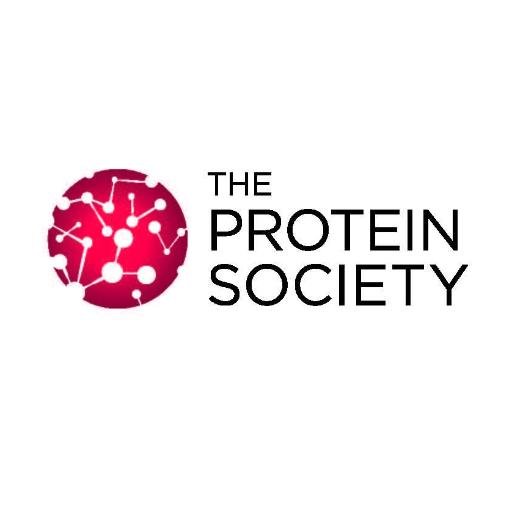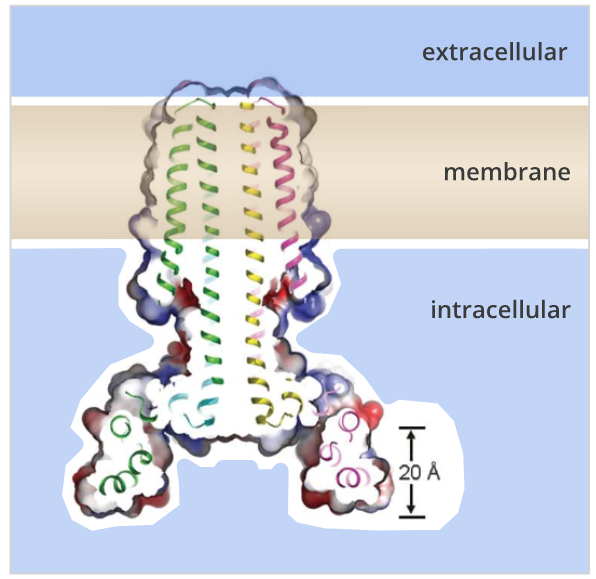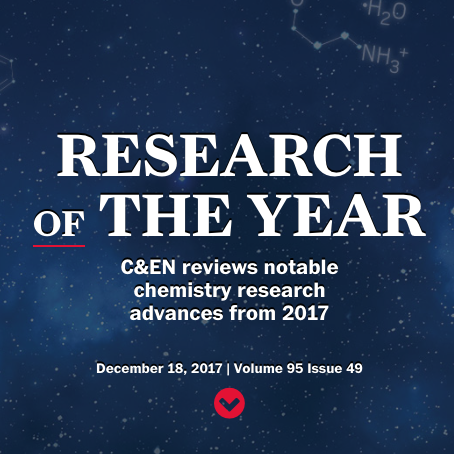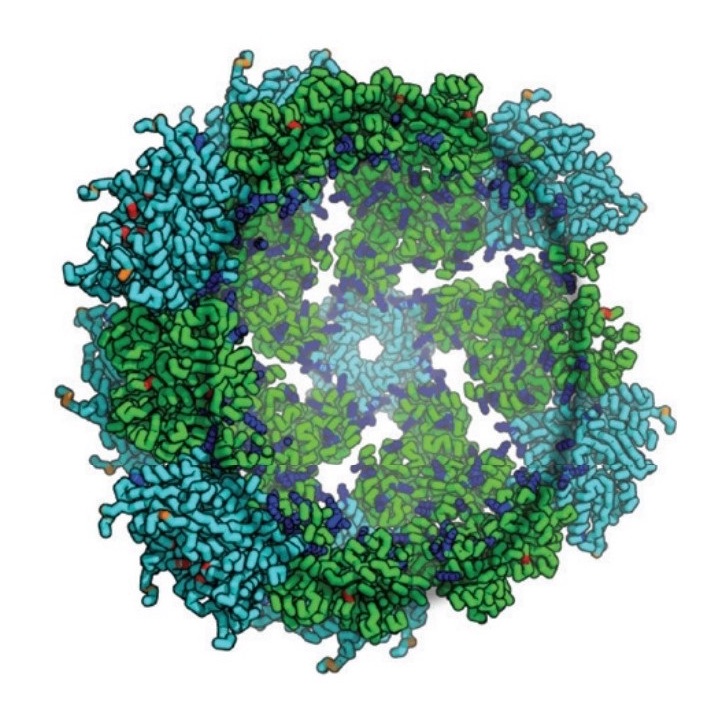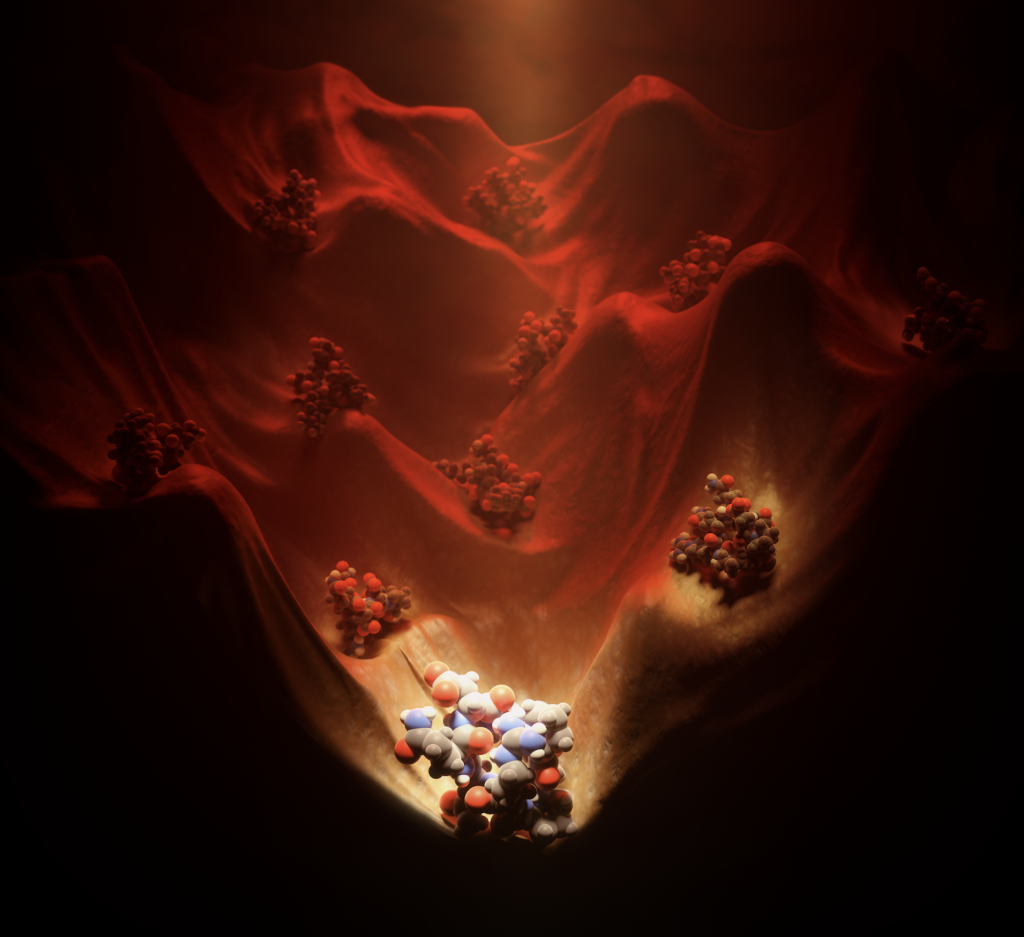-
Lab field trip to the Quad
A fraction of the lab out to see the Yoshino cherry blossoms. Want to follow the cherry trees in real time? Check out @uwcherryblossom
-
David selected for 2018 Hans Neurath Award
The Protein Society has selected David Baker as this year’s Hans Neurath Award winner. The award recognizes “a recent contribution of unusual merit to basic protein science.” The Society writes that David’s breakthroughs “reduce to practice what was for many decades the holy grail of protein science: fundamental understanding of the determinants of protein structure…
-
Lab ski trip: Stevens Pass
Spring has sprung in Seattle, and blue skies mean mountain ski trips for the lab. To kick of 2018, lab members Tarik, Fatima, Scott, TJ, Brian C, Gabe B, David B, and friends spent a Sunday at beautiful Stevens Pass
-
Multipass transmembrane proteins
Earlier this year, rocket company SpaceX wowed the world by launching their largest rocket yet — Falcon Heavy — into orbit. At 70 meters tall and nearly 1.5 million kilograms, Falcon Heavy is the largest space-faring vehicle in operation today. The payload for the maiden launch? CEO Elon Musk’s own red Tesla Roadster. This multi-million…
-
End-of-year profile in The New York Times
At the end of a historic year for protein design, the Baker lab was honored to be profiled in the New York Times by famed science writer Carl Zimmer. Zimmer writes about the technology, progress and promise in the field, noting the contributions from our wonderful crowdsource participants. On the technology front, Rosetta continues to…
-
Thanks Chemical & Engineering News!
The lab was honored to be featured in Chemical & Engineering News’ annual Research of the Year roundup. Under a section titled “Computer-Driven Research Researched New Milestones”, C&EN highlight our determination of “600 families of proteins for which structures had been unknown (Science 2017).” Chemical & Engineering News is a weekly magazine published by the…
-
Synthetic nucleocapsids encapsulate their own genome
A report this week describes the first synthetic protein assemblies — dubbed synthetic nucleocapsids — that encapsulate their own genome and evolve in complex environments. The lead authors were Gabe Butterfield and Marc Lajoie. Synthetic nucleocapsids are built to resemble viral capsids and could be used in future to deliver therapeutics to specific cells and…
-
Exploring the peptide landscape
IPD researchers report the computational design of a new world of small cyclic peptides, or “macrocycles”. Natural macrocycles such as cyclosporine are among the most potent therapeutics identified to date, having the benefits of small molecule drugs, like aspirin, and large antibody therapies, like rituximab, with fewer drawbacks. There is considerable interest in expanding this…

